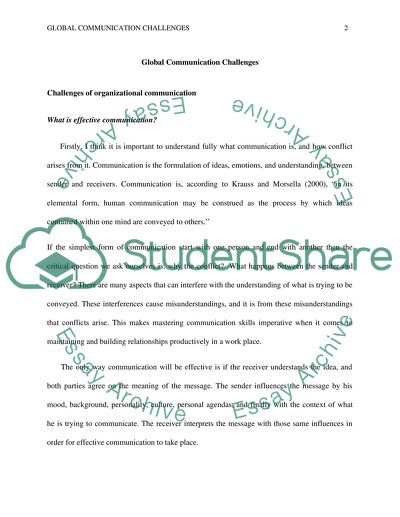Cite this document
(“Global Communication Challenges: Conflict Research Paper”, n.d.)
Retrieved from https://studentshare.org/family-consumer-science/1421132--global-communication-challenges-conflict
Retrieved from https://studentshare.org/family-consumer-science/1421132--global-communication-challenges-conflict
(Global Communication Challenges: Conflict Research Paper)
https://studentshare.org/family-consumer-science/1421132--global-communication-challenges-conflict.
https://studentshare.org/family-consumer-science/1421132--global-communication-challenges-conflict.
“Global Communication Challenges: Conflict Research Paper”, n.d. https://studentshare.org/family-consumer-science/1421132--global-communication-challenges-conflict.


